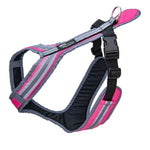
When is the safety short harness suitable?
The safety short harnesses are suitable for harnessing in canicross, dog scooters, bikejoring, dog trekking, mantrailing, tracking, etc.
It is important that during activities/pulling work on the safety short harness the pull comes from above. If the pull comes from below the dog's back (dog sled/training scales), the Jöring leash could rub on the dog's back area and thus lead to abrasions and tension, which is why long pulling harnesses are a must on the sled/scales (e.g. our Faster pulling harnesses).
Especially difficult dogs or even beginner dogs are easier to control with the Safety Short Harness, for example during dog encounters, than with the Faster Harness.
With the safety short harness, the ring for the leash is padded over a large area to prevent the carabiner from hitting the dog's back.
You can also use the safety short harness as a normal everyday harness - without active pulling. The long pulling harnesses, on the other hand, are only suitable when pulled.
Train distribution safety short harness
With the safety short harness, the pulling force is distributed across the dog's chest.

Fit and pull distribution -> why is a safety short harness better for pulling work than a standard harness
When it comes to safety short harnesses, it is important that the harness fits well in the neck and chest area.
With short harnesses it is important that the pull does not occur over the back bar. Rather, a counter-pull must be created on the chest area using the side straps. To do this, the side straps must run at an angle to the back bar.
Chest harnesses with vertical side straps tend not to create any counter-force on the chest area. This is not healthy for the dog in the long term.

- Choosing a selection results in a full page refresh.

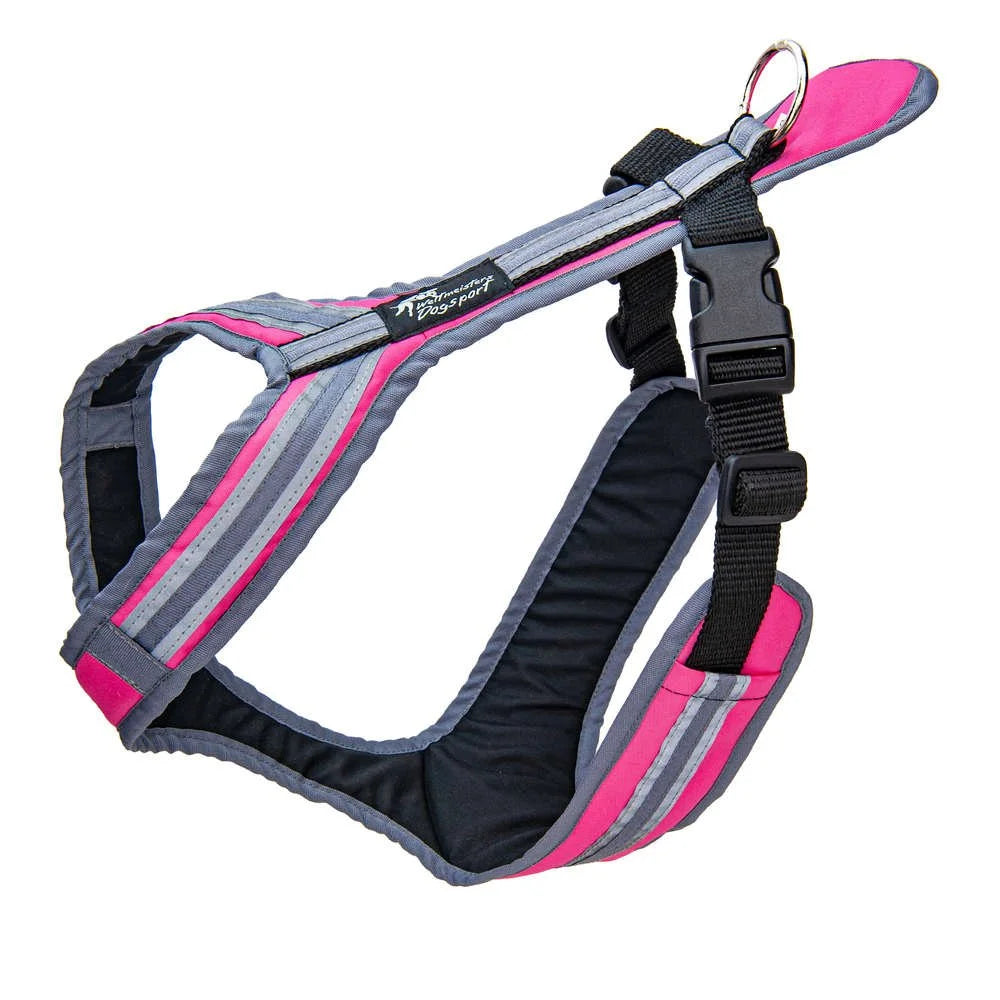
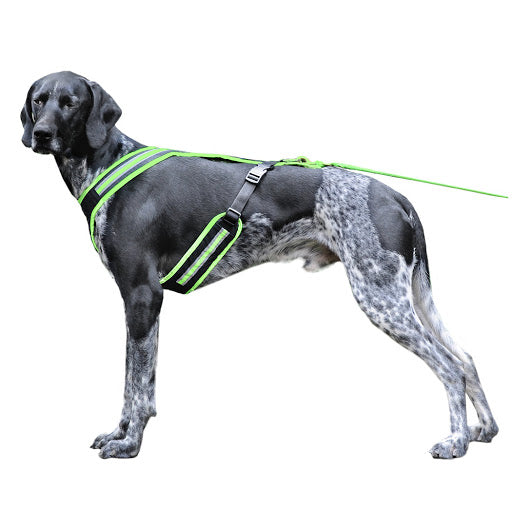
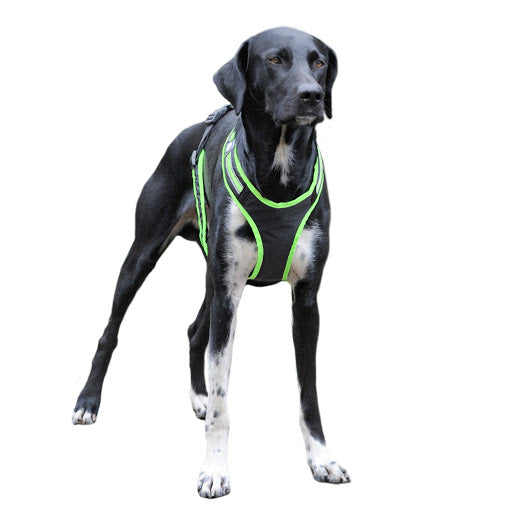
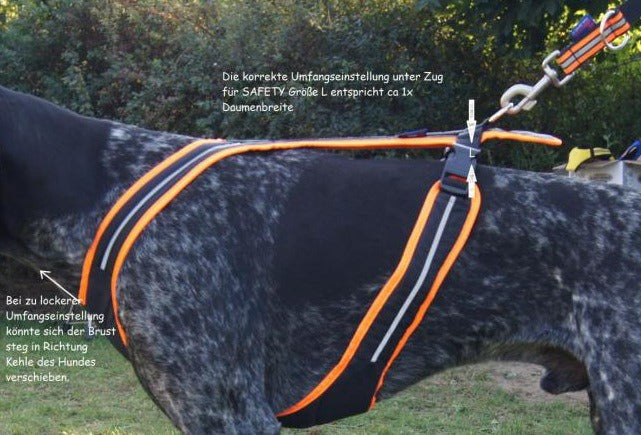
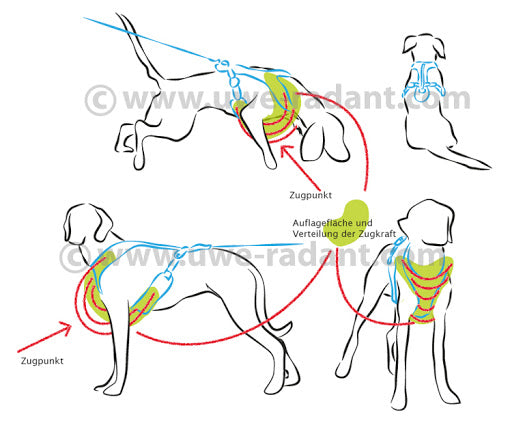
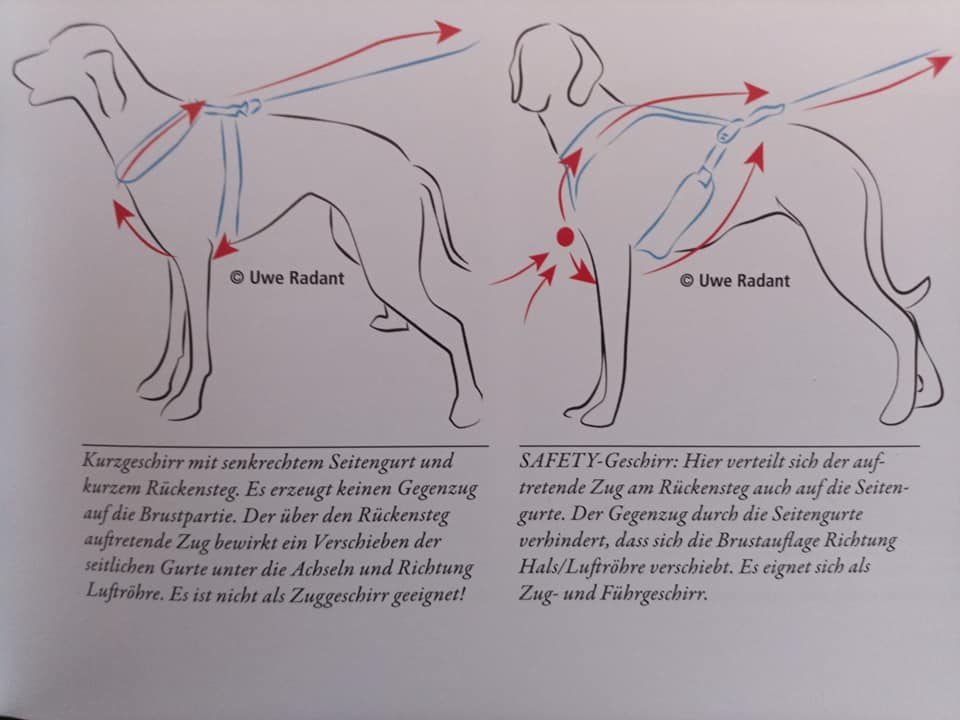
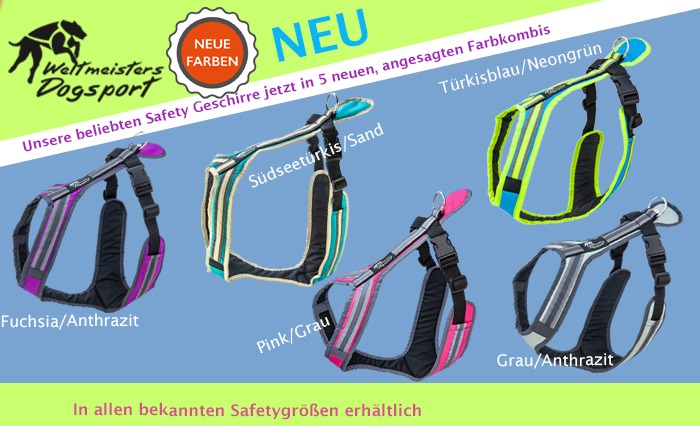
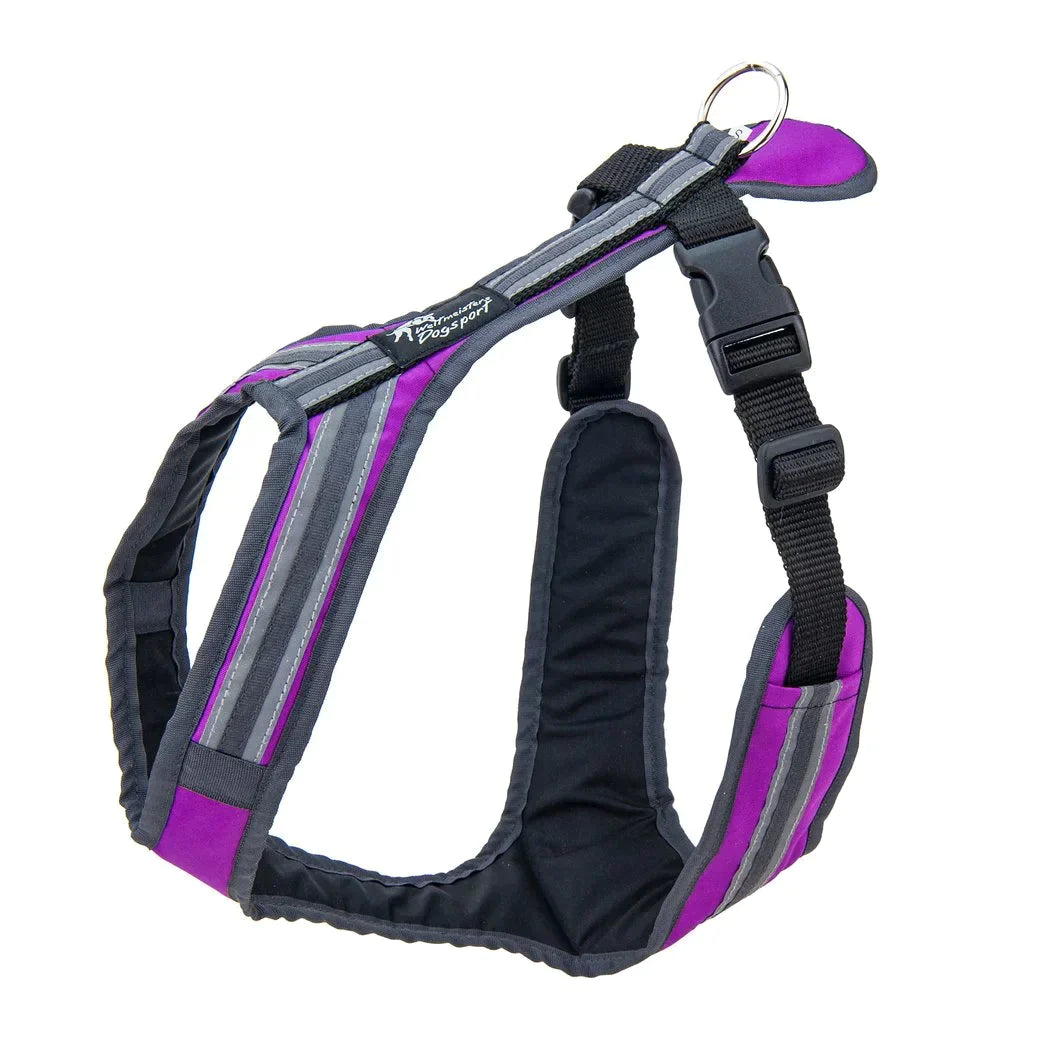
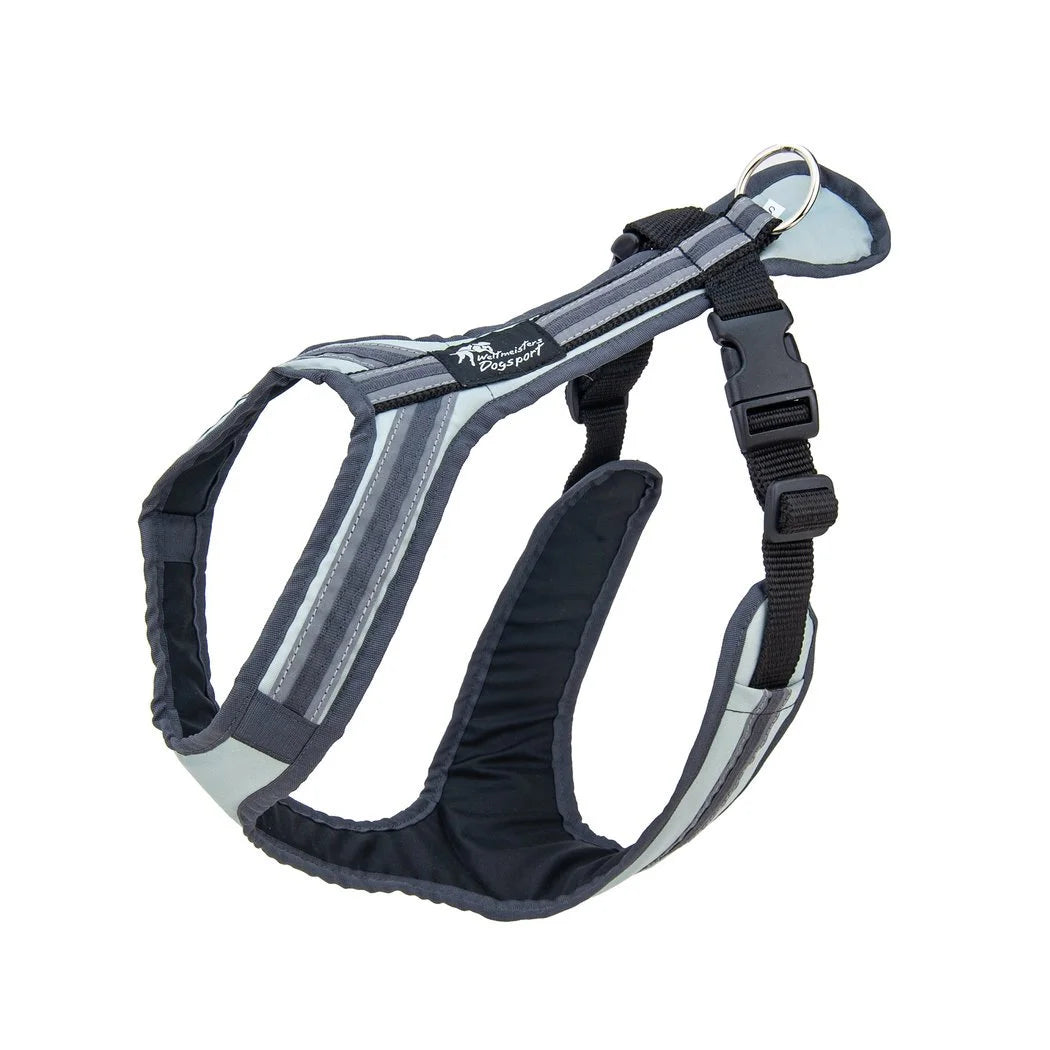
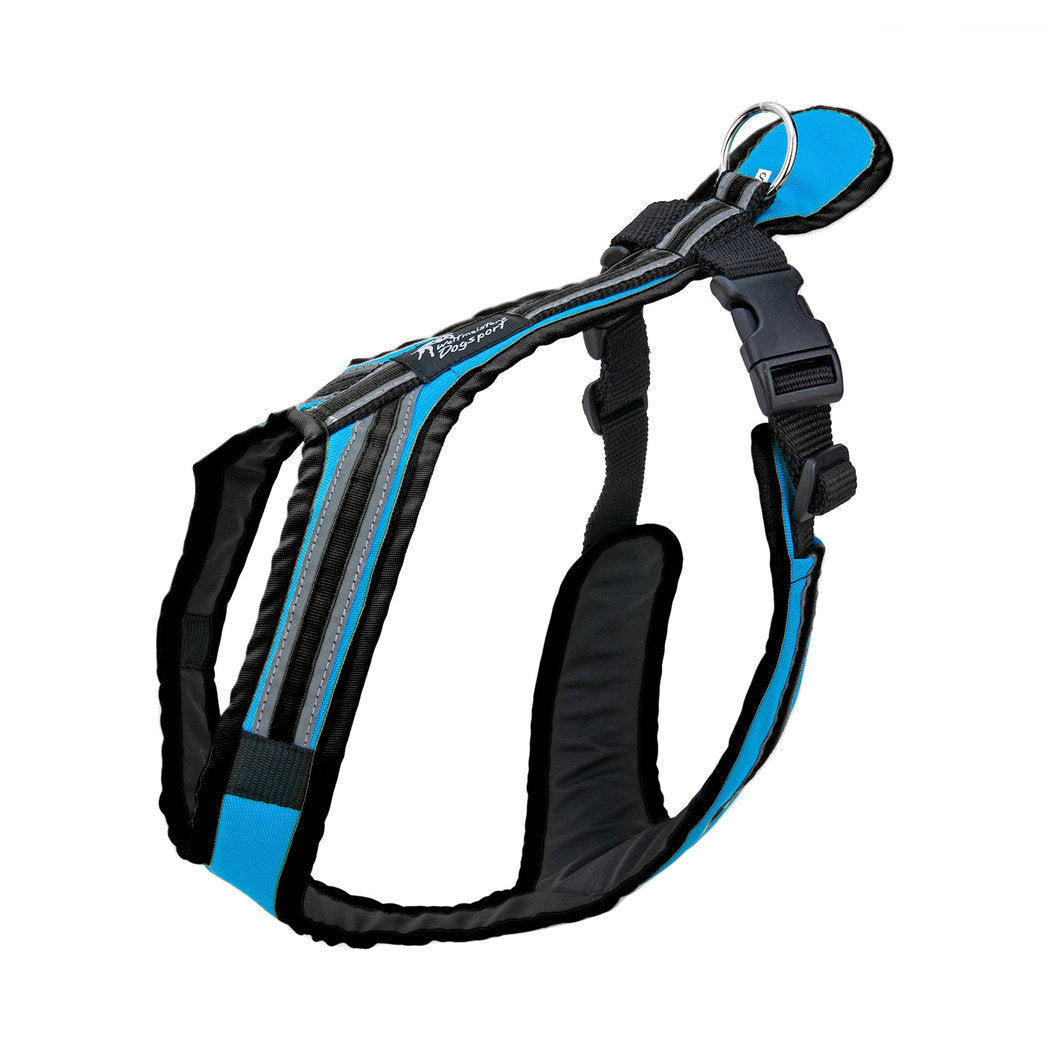
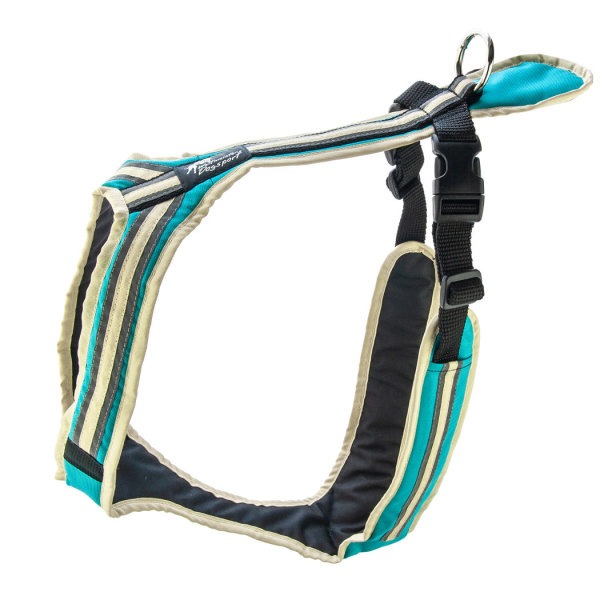
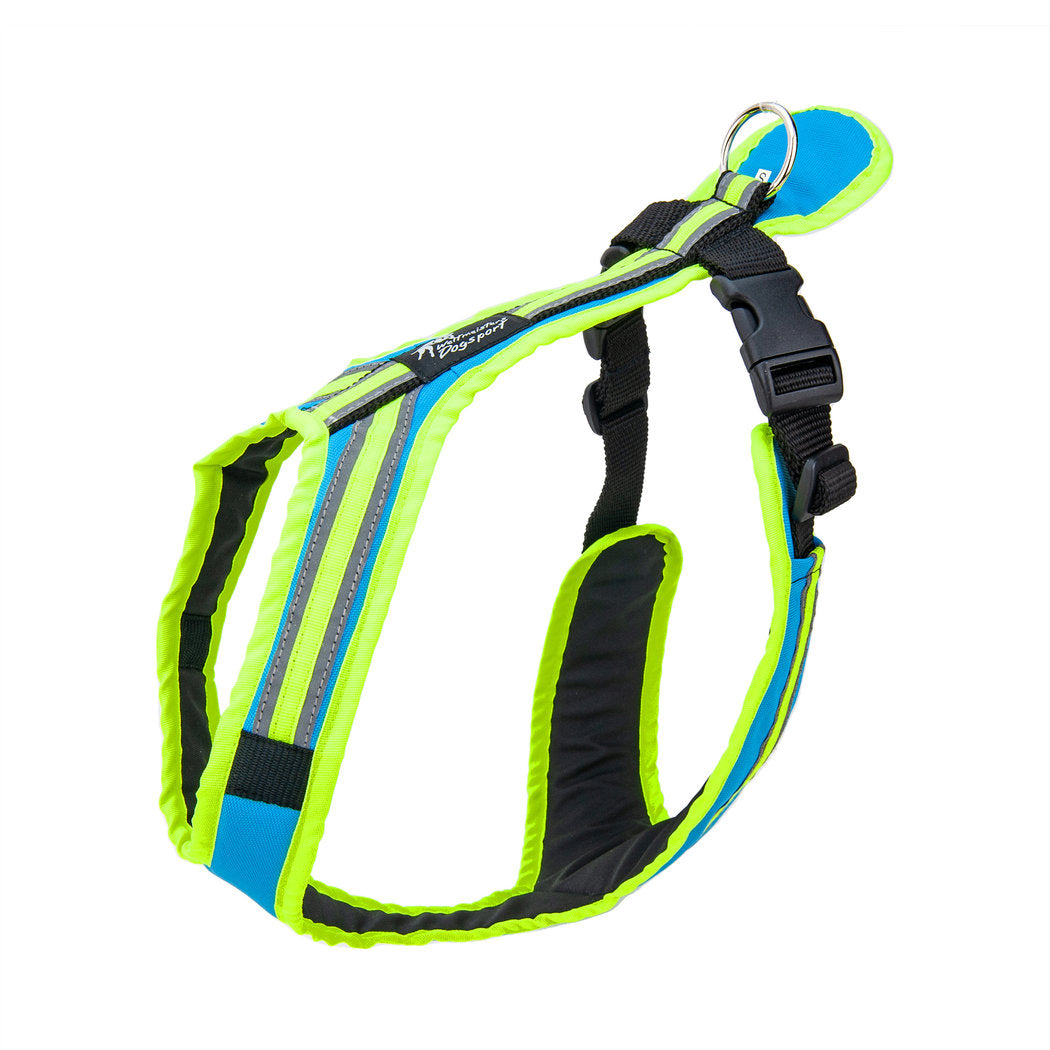
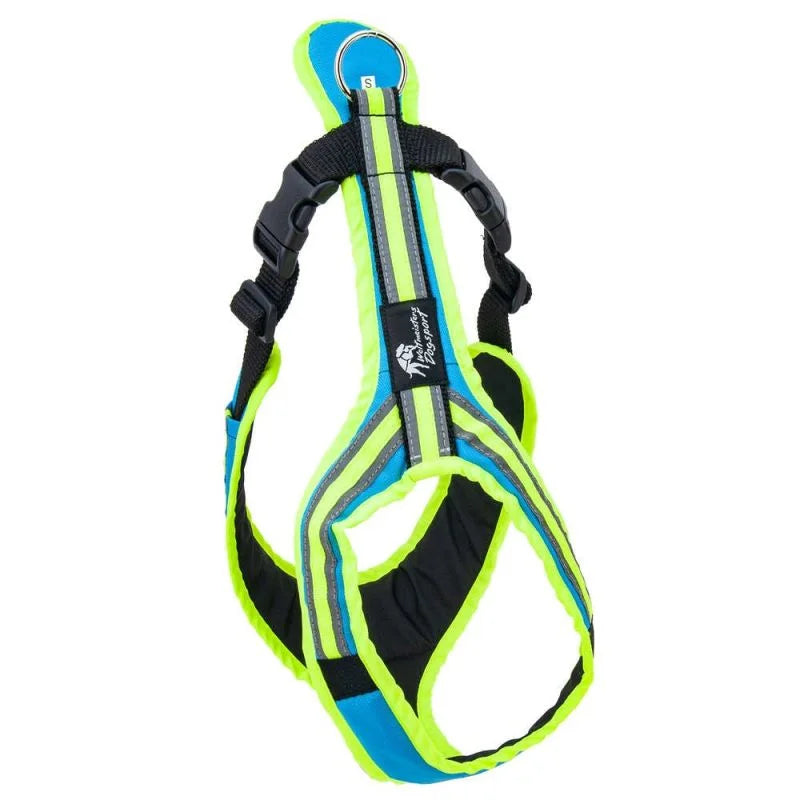
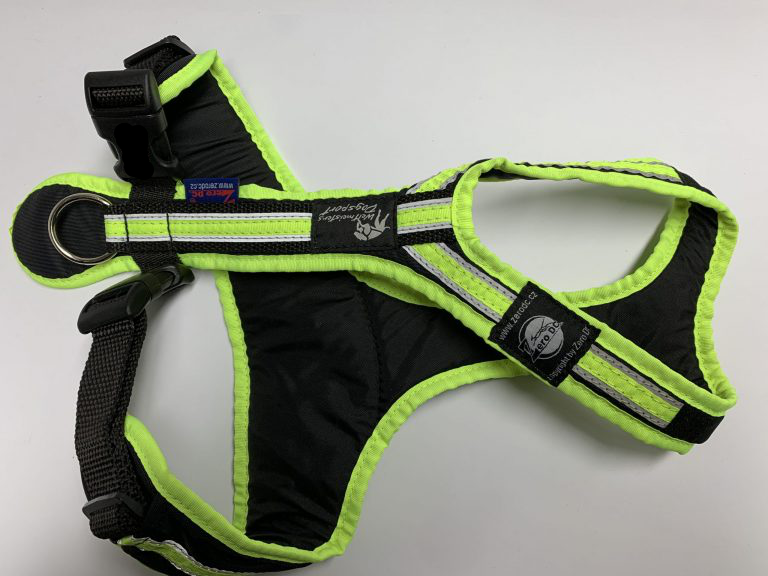
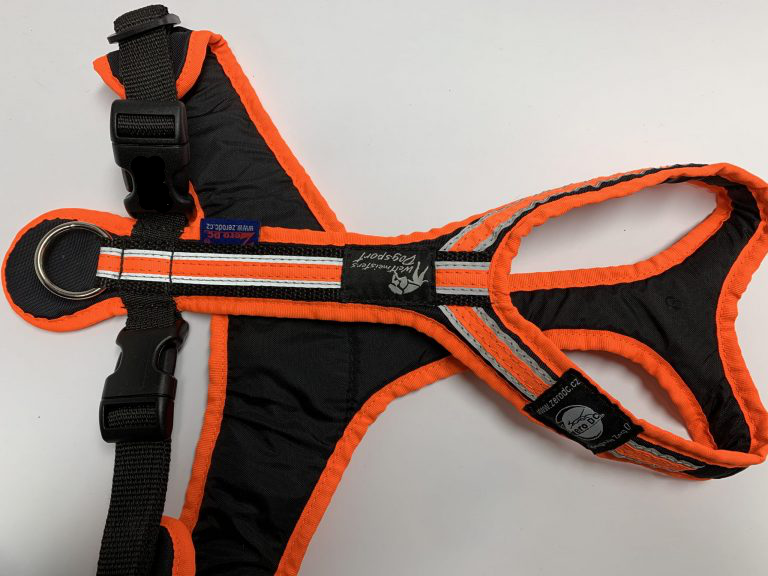
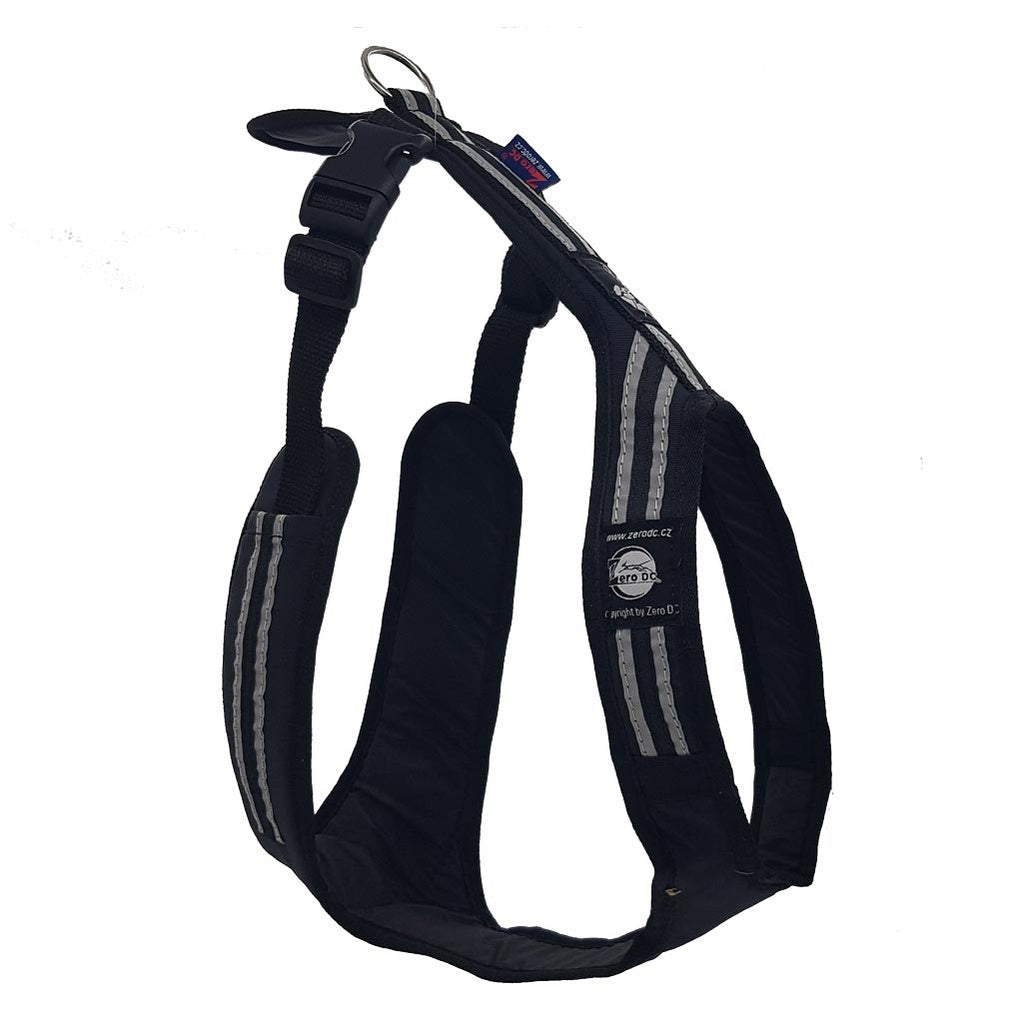
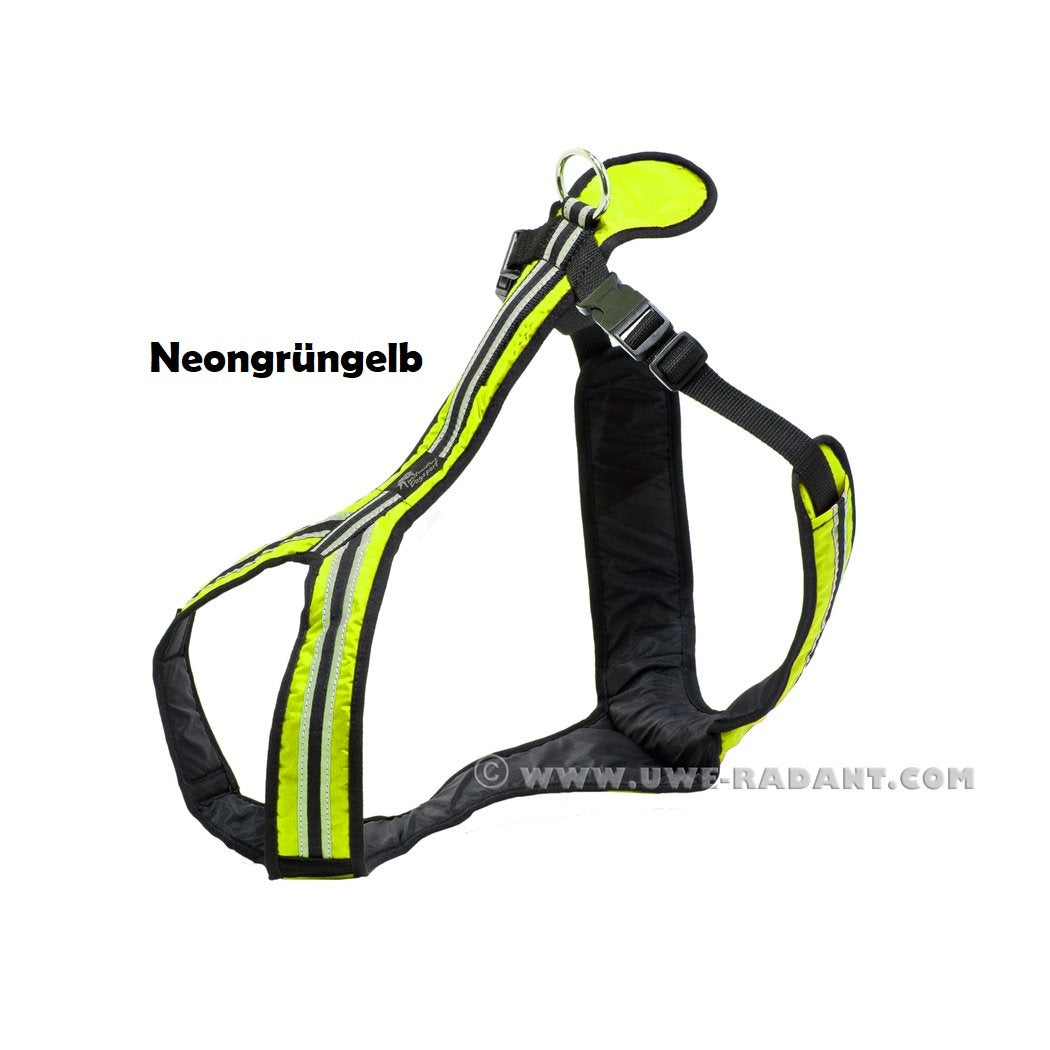
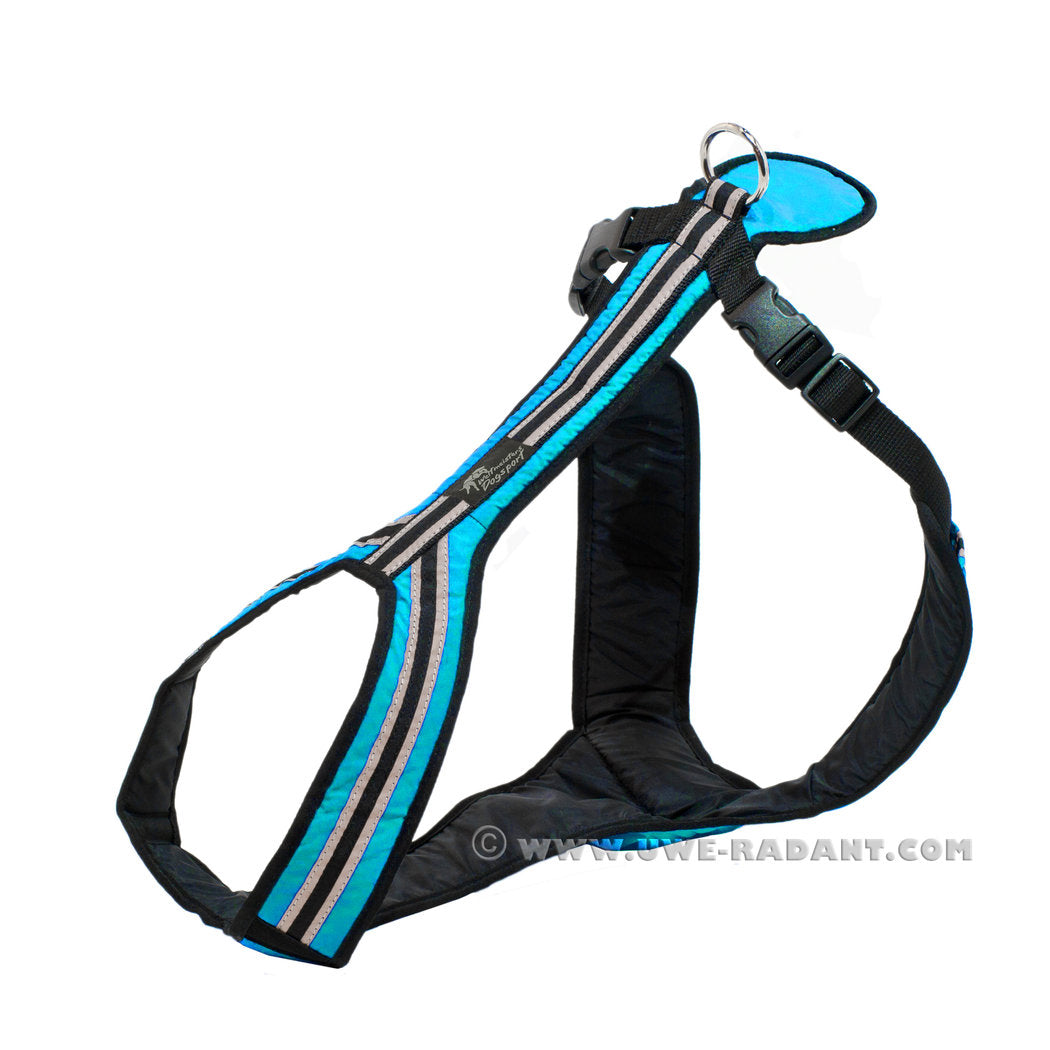
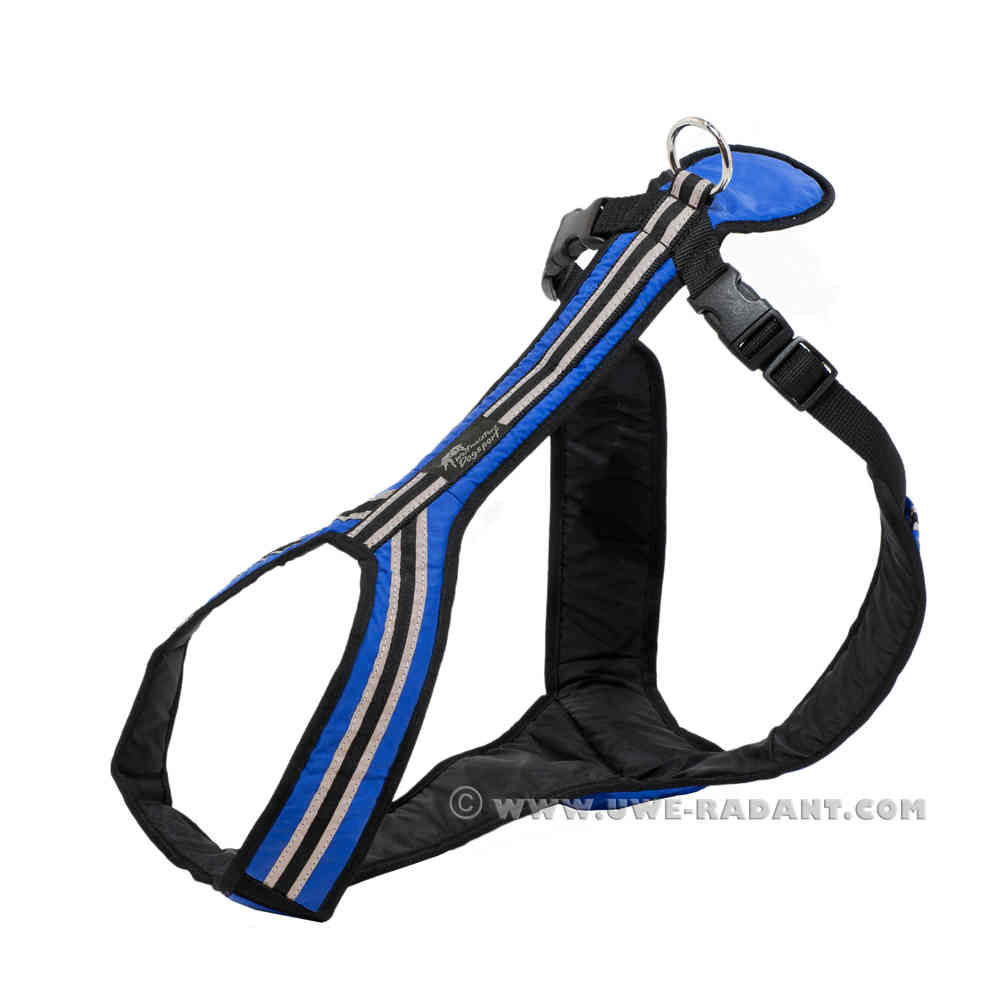
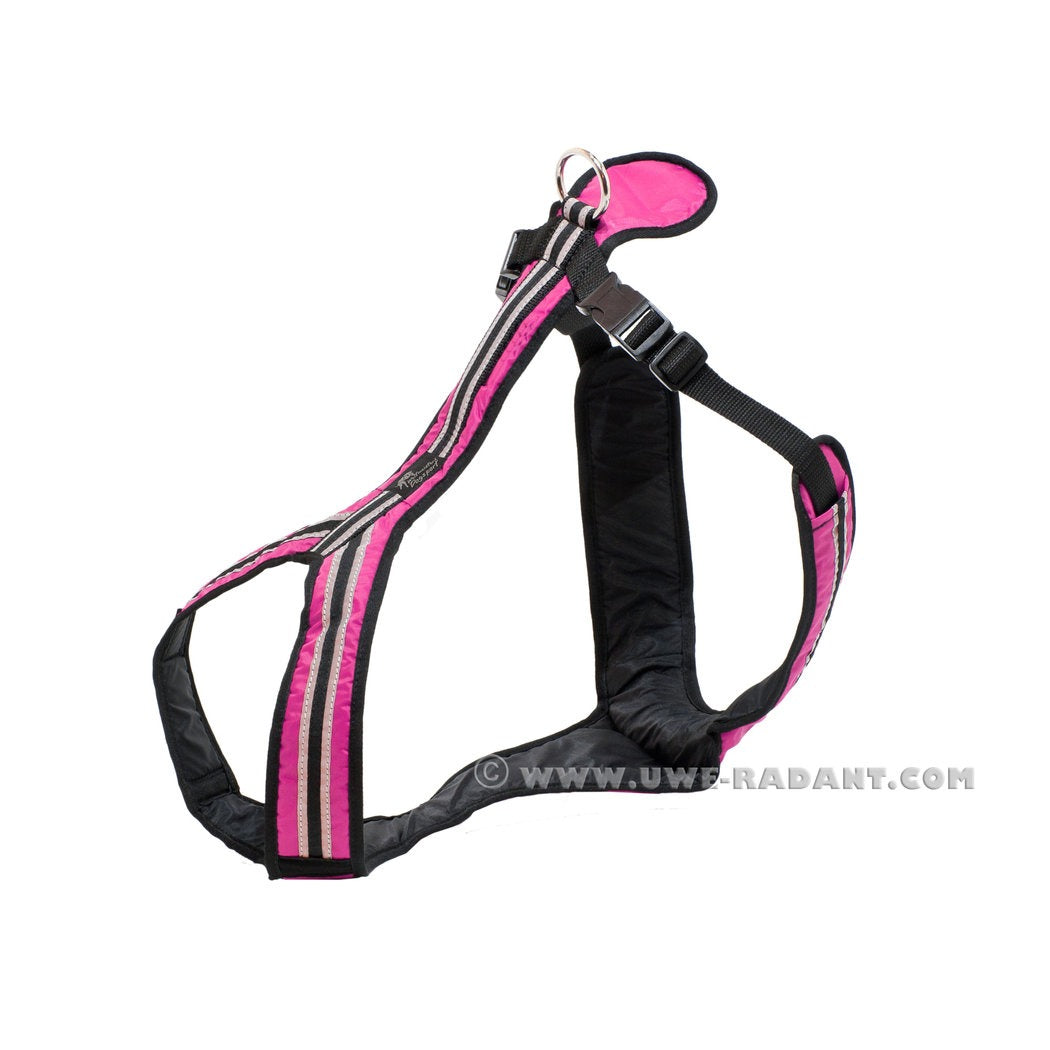
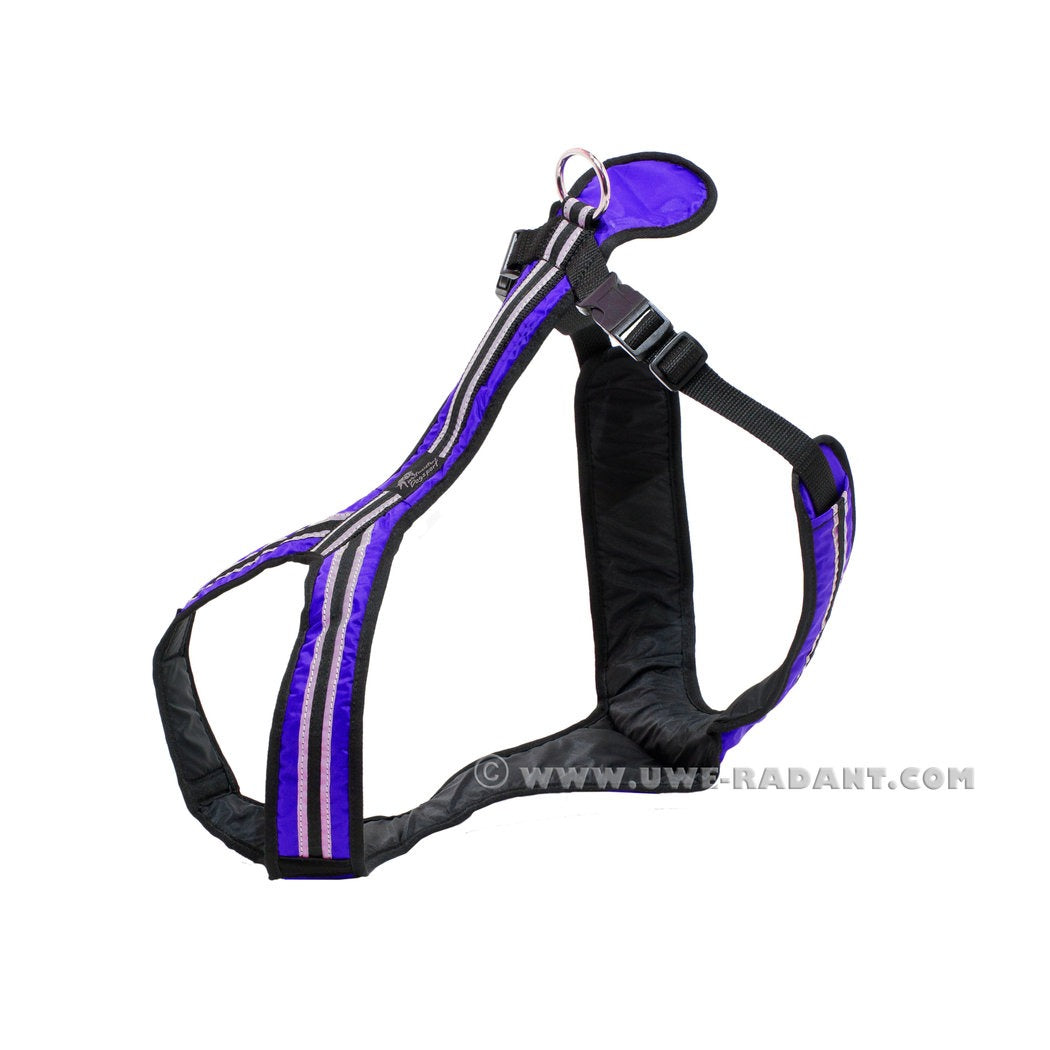
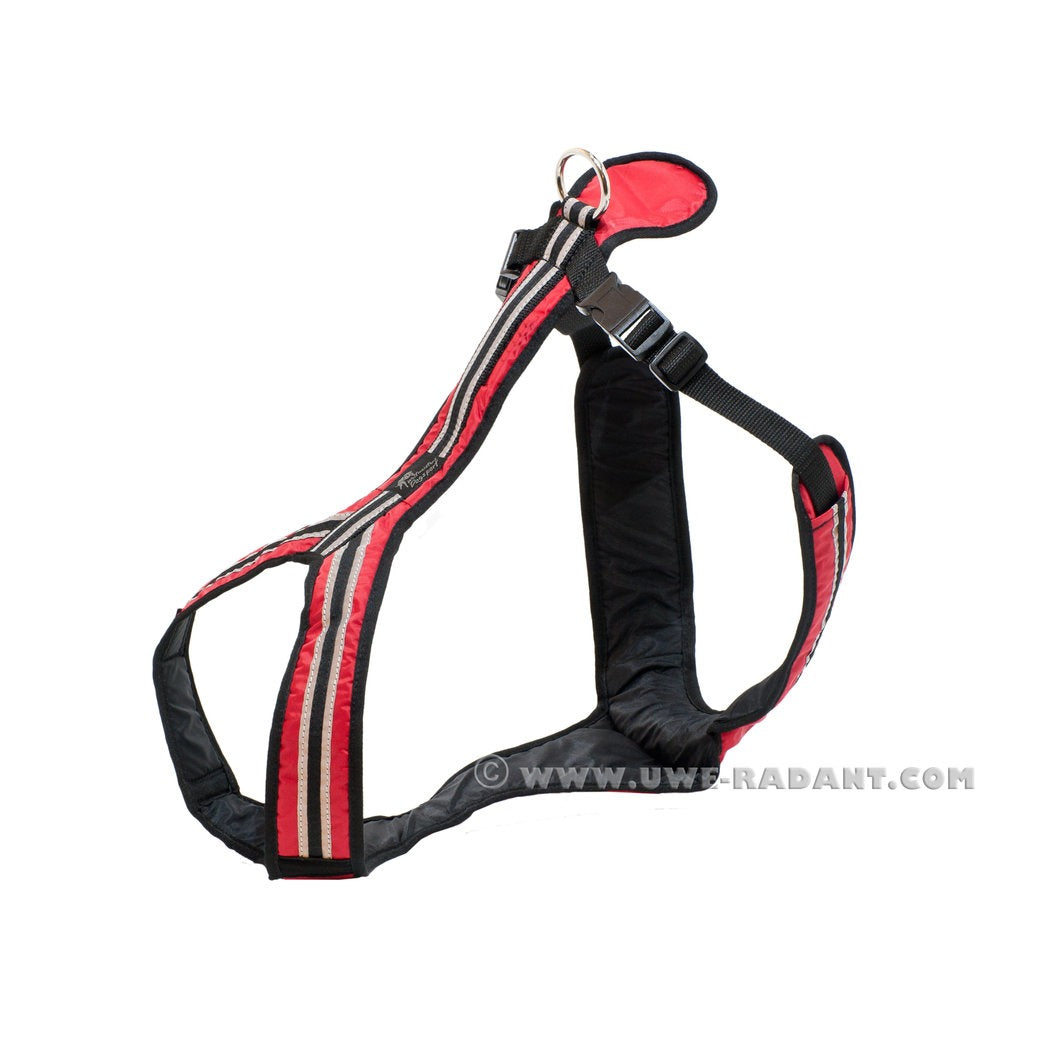
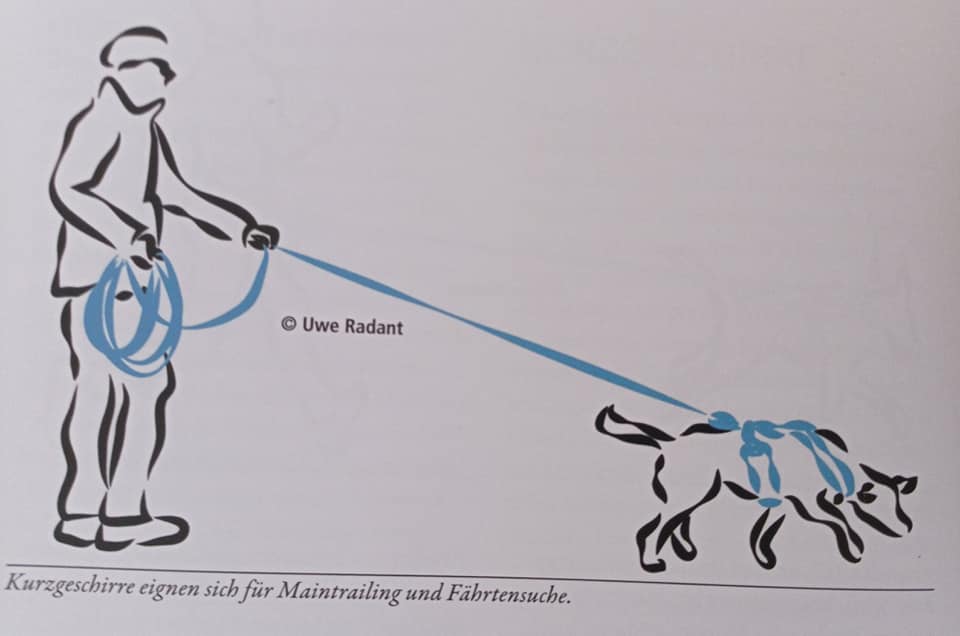
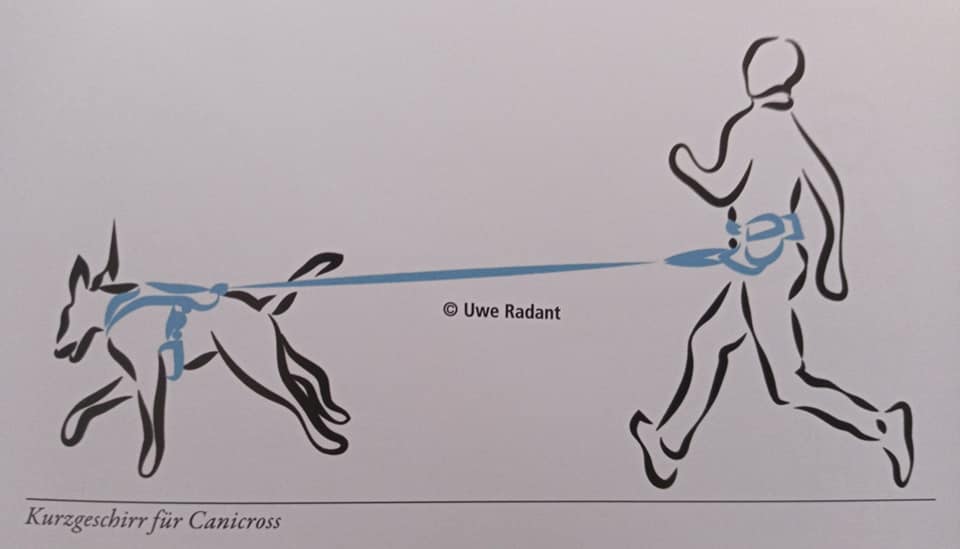
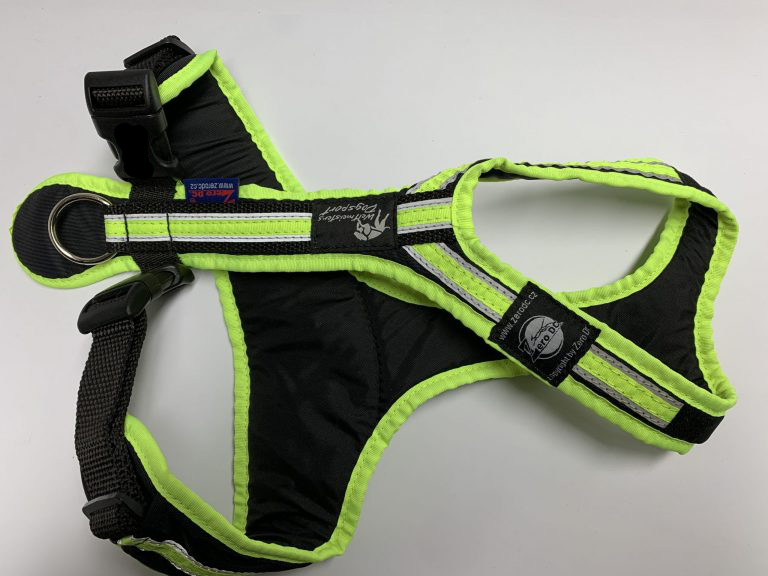
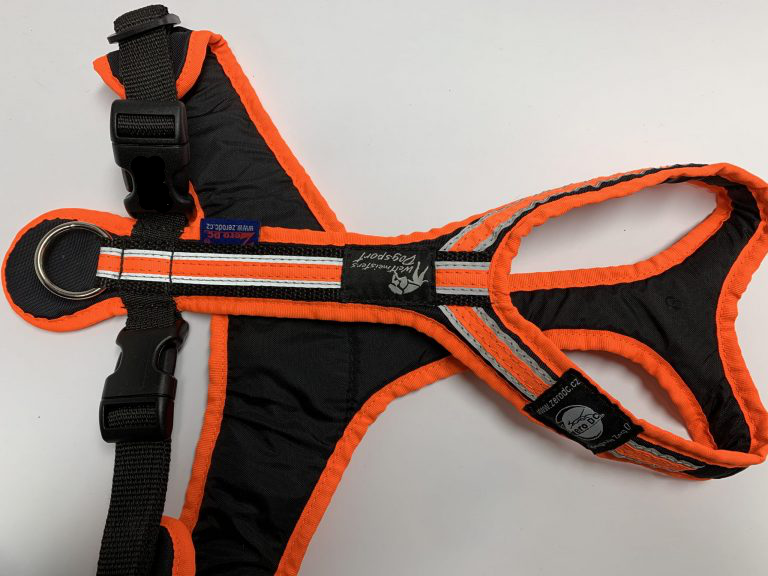
 Suitable for leisure and pulling dog sports
Suitable for leisure and pulling dog sports




